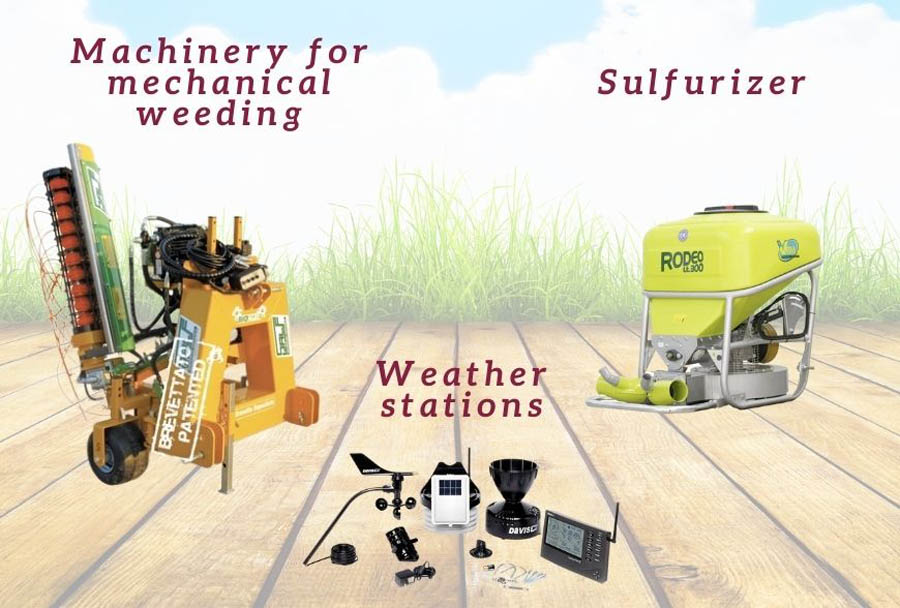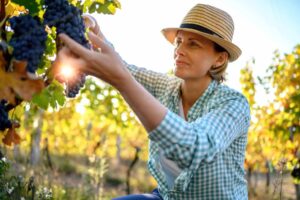In our news last year we announced our desire to become an organic farm. This new objective had led us to use natural raw materials to enrich and fertilize our lands and to reuse the waste from the processing of olives to further fertilize them.
This year our choice led us to buy three new precision machinery for organic farming.
Specifically we have purchased:
– A new sulphiser
– A new machine for mechanical weeding
– New control stations for vineyards and olive groves
We’ll explain what they’re for now!



The new sulfurizer is used to distribute the sulfur powder on our plants in order to prevent and eliminate parasitic fungi. Sulfur, in fact, is a natural pesticide that does not affect the plant because it does not penetrate the plant tissues.
The new machine for mechanical weeding is used to cut weeds without chemical weeding and therefore without using pesticides and herbicides.
The threads that compose it cut the herbs that grow spontaneously without damaging the stem of the plants.
Chemical weeding is harmful to the environment and the soil ecosystem.
The new control stations for the vineyards and olive groves make us know exactly the weather conditions so that we can manage and take care of our vineyards and olive groves according to the current weather. Specifically, we can control temperature, humidity, amount of rain, wind speed and pressure.
Why is it important to use these machines?
Because they preserve the soil, do not impoverish it and, thanks to the control stations, monitor the health of the grape and olives and intervene with BIO treatments only when it is necessary.
Their use means a reduction in pollution and a rationalisation of resources!
Our commitment continues… The BIO Farm Certificazion is always closer!
Read on our news to stay up to date on the news of our Azienda Agricola!
On occasion, the winemaker may decide to leave them in if the grapes themselves contain less tannin than desired. This is more acceptable if the stems have ‘ripened’ and started to turn brown. If increased skin extraction is desired, a winemaker might choose to crush the grapes after destemming.
Wine is one of the most civilized things in the world and one of the most natural things of the world that has been brought to the greatest perfection, and it offers a greater range for enjoyment and appreciation than, possibly, any other purely sensory thing.
Ernest Hemingway Tweet
Removal of stems first means no stem tannin can be extracted. In these cases the grapes pass between two rollers which squeeze the grapes enough to separate the skin and pulp, but not so much as to cause excessive shearing or tearing of the skin tissues. In some cases, notably with “delicate” red varietals such as Pinot noir or Syrah, all or part of the grapes might be left uncrushed (called “whole berry”) to encourage the retention of fruity aromas through partial carbonic maceration.
The Grapes
The quality of the grapes determines the quality of the wine more than any other factor. Grape quality is affected by variety as well as weather during the growing season, soil minerals and acidity, time of harvest, and pruning method. The combination of these effects is often referred to as the grape’s terroir.
Grapes are usually harvested from the vineyard from early September until early November in the northern hemisphere, and mid February until early March in the southern hemisphere.
In some cool areas in the southern hemisphere, for example Tasmania, harvesting extends into May. The most common species of wine grape is Vitis Vinifera, which includes nearly all varieties of European origin. The most common species of wine grape is Vitis Vinifera, which includes nearly all varieties of European origin.

Manual harvesting is the hand-picking of grape clusters from the grapevines. In the United States, some grapes are picked into one- or two-ton bins for transport back to the winery. Manual harvesting has the advantage of using knowledgeable labor to not only pick the ripe clusters but also to leave behind the clusters that are not ripe or contain bunch rot or other defects. This can be an effective first line of defense to prevent inferior quality fruit from contaminating a lot or tank of wine.
Destemming is the process of separating stems from the grapes. Depending on the winemaking procedure, this process may be undertaken before crushing with the purpose of lowering the development of tannins and vegetal flavors in the resulting wine. Single berry harvesting, as is done with some German Trockenbeerenauslese, avoids this step altogether with the grapes being individually selected.
Crushing is the process when gently squeezing the berries and breaking the skins to start to liberate the contents of the berries. Destemming is the process of removing the grapes from the rachis (the stem which holds the grapes).
In traditional and smaller-scale wine making, the harvested grapes are sometimes crushed by trampling them barefoot or by the use of inexpensive small scale crushers. These can also destem at the same time. However, in larger wineries, a mechanical crusher/destemmer is used. The decision about destemming is different for red and white wine making. Generally when making white wine the fruit is only crushed, the stems are then placed in the press with the berries. The presence of stems in the mix facilitates pressing by allowing juice to flow past flattened skins.

Katerina Monroe
@katerinam • More Posts by Katerina
Congratulations on the award, it's well deserved! You guys definitely know what you're doing. Looking forward to my next visit to the winery!
